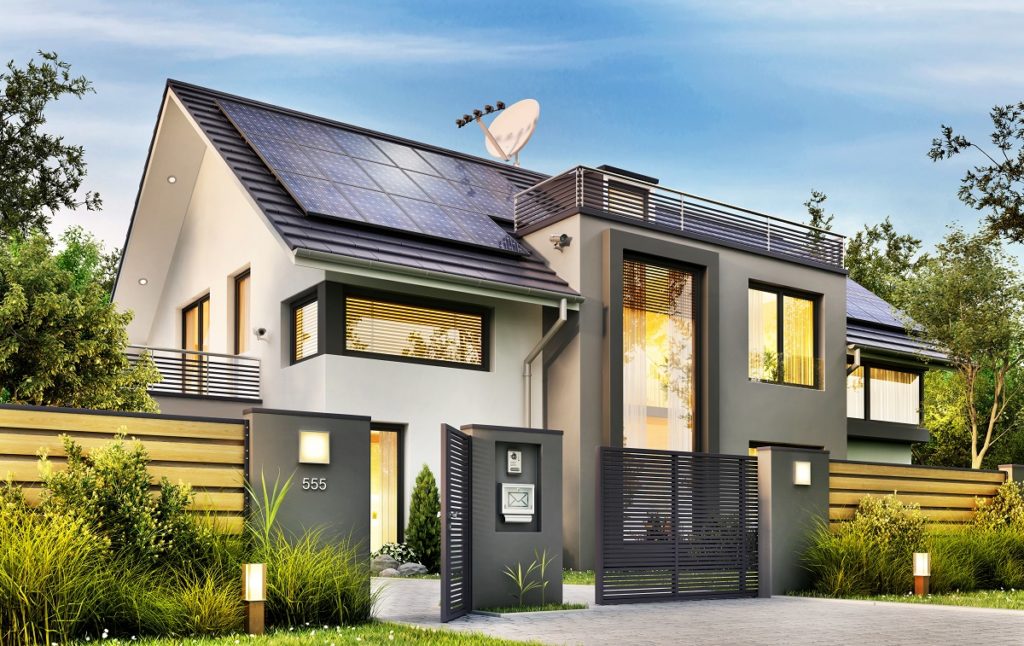A well-designed house will you from unpleasant outdoor conditions, like excessive heat. In hot climates, reducing heat and moisture gains are keys to the building’s design. Factors such as room placement and construction materials must also be thought carefully.
Here are ways to design your house to suit a hot climate.
Building orientation
Proper orientation will provide occupants with comfortable living spaces, especially during the warm months.
Orienting the largest livable space of the house to either north or south can significantly reduce its solar exposure. On the other hand, the north and west sides of the house will receive the most wind and ventilation.
Focus on the roof
The roof is your home’s first line of defense against the sun’s rays. The material and color of the roof can affect the interior temperature of your house.
According to the Department of Energy, roofs designed to minimize heat absorption can lower attic temperatures by up to 50 degrees. Nothing reflects more heat than a metal roofing, so consider this material for your house.
The color of the roof will also play a factor. Dark-colored roofs will soak up the heat and transfer it into the rooms below. Conversely, a light-colored roof will reflect away heat rays from the sun. A 24 to 26 ga silver metal roof is a perfect choice for both efficiency and durability.
Room arrangement
Arrangement of rooms can make or break your home’s overall comfort levels.
North-facing rooms receive plenty of sunlight during the day that may require adequate shading. East-facing rooms receive sufficient sunlight during the day and cool down during the afternoon. Consider putting non-livable spaces (storage rooms, closets) on the west side where the sun’s impact is greatest.

Windows
Proper window placement is key to striking a balance between the amount of natural light allowed and ventilation.
The main windows of the house should face north and south. These windows should have insulated shutters that can be closed during the daytime and opened during the night.
Small windows are perfect for houses in hot climates because this allows the least sunlight inside. West- and east-facing windows can have nearly five times the solar gain of north-facing windows. These windows will benefit from an awning which will protect them from direct sunlight.
Insulate the house well
To keep your house cool, insulation is very important. Your walls, roof and windows must be as airtight as possible to leave the heat outside. Follow these points to bring the temperature inside your house down a notch:
- Lower the blinds, draw the curtains and close the shutters especially in rooms that are exposed to the sun.
- Choose pale colors for your draperies to reflect light, rather than absorb it.
- Install protective films to the windows to filter UV rays that pass through.
- Halogen and incandescent light bulbs emit a lot of heat. Replace them with more efficient LEDs.
- The refrigerator and the freezer emit heat so move them away from living spaces.
- Consider installing ceiling fans to eliminate some of the humidity.
Optimizing the thermal performance of your house must take into account its orientation, shape, as well as the construction materials and designs.
If you’re looking to make architectural adjustments to your house to make ventilation better, house architectural design specialists can help. In hot climates, a house should be energy efficient and at the same time, provide lasting comfort throughout the year.




